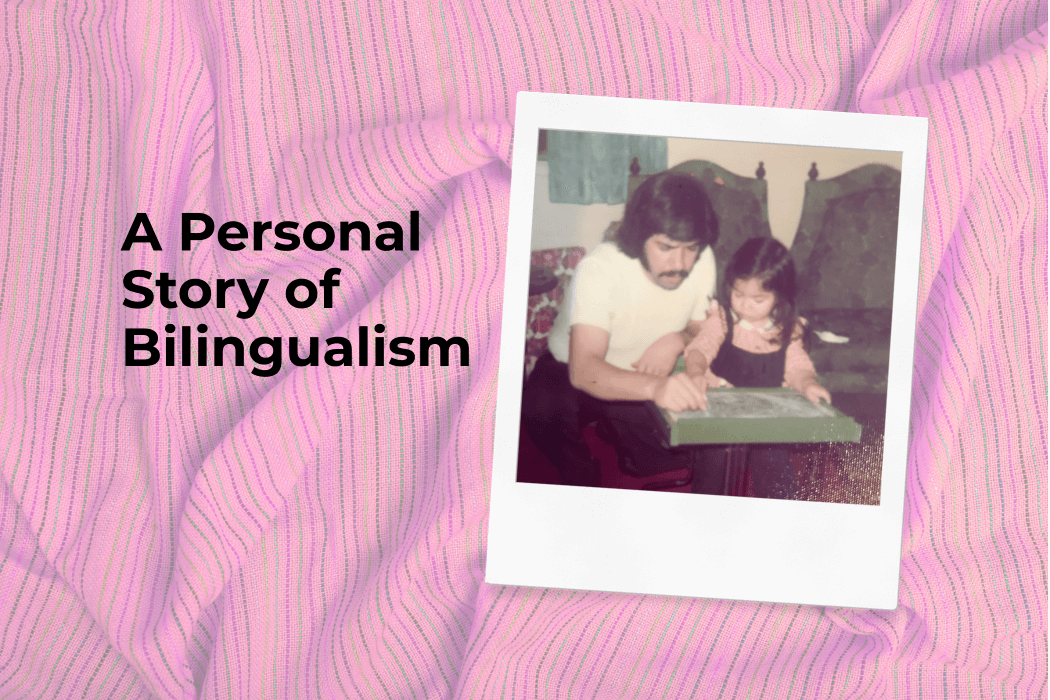
Dual-Language Programs Benefit All Students
A National Conversation on the Power of Multilingualism
In a recent Education Week K–12 Essentials conversation, SEAL’s President and Executive Director, Anya Hurwitz, joined Boston College professor C. Patrick Proctor and Education Week reporter Jennifer Vilcarino to discuss the growing impact of dual-language programs and what it takes to make them work for all students.
With more than 3,600 dual-language programs nationwide, this model is helping students become bilingual and biliterate — skills that strengthen communities and open doors for lifelong success. In these programs, students learn core academic subjects in two languages — English and a partner language — gaining both linguistic and academic advantages.

Why Intentional Design Matters
The conversation centered on a key takeaway: when designed with intention, dual-language education benefits every learner—English learners and native English speakers alike. Beyond fostering bilingualism, these programs enhance cognitive development, deepen cultural understanding, and drive academic growth across the board.
Creating effective programs, however, requires more than simply teaching in two languages. Schools must consider their community context, ensure equitable access, and build supportive environments where multilingualism is visible, valued, and celebrated. High-quality dual-language programs address the social and emotional needs of students, engage families as partners, and confront systemic barriers that may limit participation.
⸻
Building Communities Through Language
Anya emphasized that when schools embrace multilingualism as a shared goal rather than a specialized service, the result is stronger communities, more connected classrooms, and students who see their language and identity as assets.
This “both–and” approach—serving English learners while enriching all students—reflects SEAL’s mission to create linguistically rich, culturally affirming learning environments that prepare children for a multilingual world.
To see this approach in action, explore SEAL's professional learning opportunities:
- Full Model - whole school transformation
- Professional Development Series - focused training for school needs
- Bilingual Teacher Pathway - free program developing next generation of bilingual educators.
⸻

Opportunities and Challenges Ahead
A follow-up Education Week article expanded on the conversation, noting that while the benefits and demand for dual-language programs are growing, a shortage of bilingual teachers remains a major challenge. Strengthening bilingual pathways isn’t just about expanding programs—it’s also about building the workforce to sustain them.
SEAL’s work addresses this challenge head-on through efforts like the Bilingual Teacher Pathway and ongoing professional development that equips educators to teach—and lead—in multilingual classrooms.
⸻
Turning Research Into Practice
At SEAL, we know this vision depends on collaboration among educators, families, and policymakers. Through professional development and district partnerships across California, SEAL helps schools turn research into practice—ensuring every student benefits from the power of dual-language learning.
Dual-language education isn’t about deciding which group benefits most—it’s about ensuring all students thrive in classrooms where their language, identity, and potential are recognized as assets.
⸻
Learn More and Join the Conversation
READ the Education Week article to learn more about the movement shaping a multilingual future for our schools.
Read More News from SEAL

Learn about changes in policy, up-to-date research, and unique practices to support Dual Language and Multilingual Learners. And don’t forget to sign up for our newsletter here.
%201.svg)


